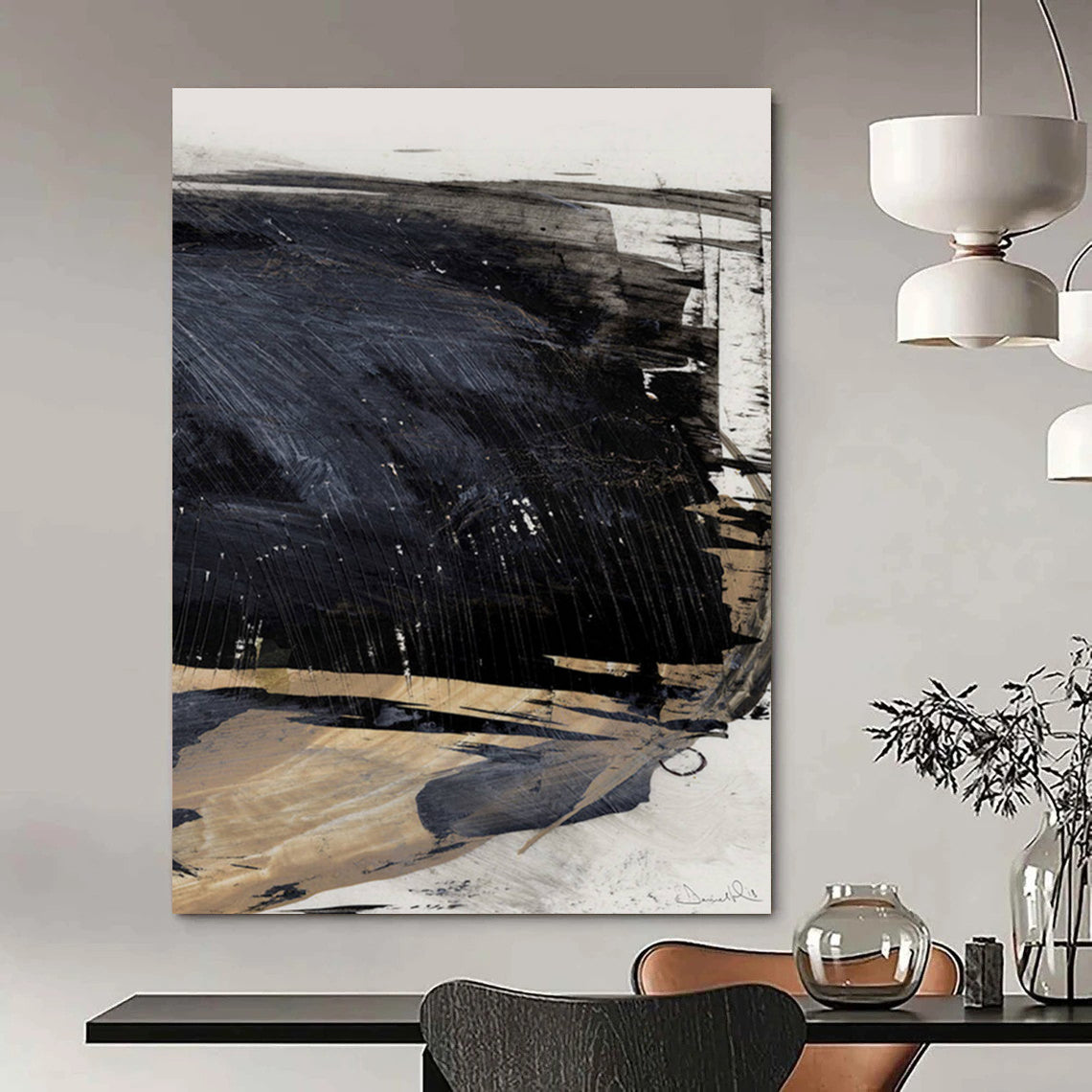The exhibition "Hockney/Origins: Early Works from the Roy B. and Edith J. Simpson Collection" offers an in-depth and captivating look at the early career of David Hockney, one of the most influential British artists of the 20th century. This exhibition is currently held at the Bruce Museum in Greenwich, Connecticut, specifically in The Blavatnik Family Gallery. It traces the formative years of Hockney's artistic journey, focusing primarily on works created between the early 1960s and the late 1970s.
The exhibition showcases 16 rare works on loan from the private collection of Roy B. and Edith J. Simpson, longtime Greenwich residents and passionate collectors of Hockney's art. Their collection spans mediums including oil and acrylic paintings, pressed paper pulp compositions, crayon drawings, lithographs, and etchings. These pieces reveal the evolution of Hockney’s style and thematic interests, emphasizing his versatility and innovative approach to art.

A highlight of the exhibition is the important early painting titled A Grand Procession of Dignitaries in the Semi-Egyptian Style (1961). This work illustrates Hockney’s early experimentation with different styles, drawing inspiration from ancient Egyptian art, the poetry of Constantine Cavafy, and Pablo Picasso’s retrospective at the Tate Gallery. This painting, along with three others shown in his early exhibitions, helped establish Hockney’s reputation and won him critical acclaim, including a gold medal at the Young Contemporaries exhibition in London.
The exhibition extends through Hockney’s 1970s period with vibrant cityscapes like French Shop (1971) and Japanese House and Tree (1978), which reveal his signature flat style and bold color use. Notably, it also features his innovative use of paper pulp in the Paper Pool compositions of 1978, where he revisits themes of swimming pools inspired by his life in California.
Intimate drawings and prints of friends and cultural figures such as fashion designer Celia Birtwell, model Ann Upton Graves, and curator Henry Geldzahler underscore Hockney’s ability to capture the essence of his subjects with sensitivity and insight.
The Bruce Museum’s CEO, Robert Wolterstorff, highlights the fascinating intersection of art and science in Hockney’s work, noting how Hockney’s exploration of vision and perception resonates with the museum’s mission. The exhibition not only celebrates Hockney’s early artistic ambitions but also honors the generosity of the Simpson collectors, who share their treasured collection with the public.
For those interested in viewing groundbreaking early works by David Hockney, "Hockney/Origins" is a rare opportunity to witness the genesis of an artistic legacy that has spanned over seven decades.

Key Keywords and Anchor Text Links:
Related Images:
-
Early work A Grand Procession of Dignitaries in the Semi-Egyptian Style (1961)
-
Paper Pool series from 1978 including Swimmer Underwater and Diving Board with Shadow
-
Cityscapes like Japanese House and Tree (1978)
Frequently Asked Questions (FAQ)
Q1: Where is the "Hockney/Origins" exhibition located?
A1: It is held at the Bruce Museum in Greenwich, Connecticut, in The Blavatnik Family Gallery.
Q2: What time period do the works in the exhibition cover?
A2: The exhibition focuses on David Hockney's early works, mainly from 1961 to the late 1970s.
Q3: Who are Roy B. and Edith J. Simpson?
A3: They are longtime Greenwich residents and collectors who assembled a major private collection of Hockney’s early works, which they generously loaned for this exhibition.
Q4: What types of artworks are shown in the exhibition?
A4: The show features paintings, crayon drawings, lithographs, etchings, and innovative paper pulp compositions, demonstrating Hockney’s versatility.
Q5: Why is this exhibition significant?
A5: It offers a rare glimpse into the formative years of Hockney’s career, highlighting his evolving artistic vision and experimental approaches, many works never publicly exhibited before.
Q6: How is David Hockney connected to the Bruce Museum’s mission?
A6: Hockney’s interest in how we see and represent the world aligns with the museum’s focus on the intersection of art and science.

